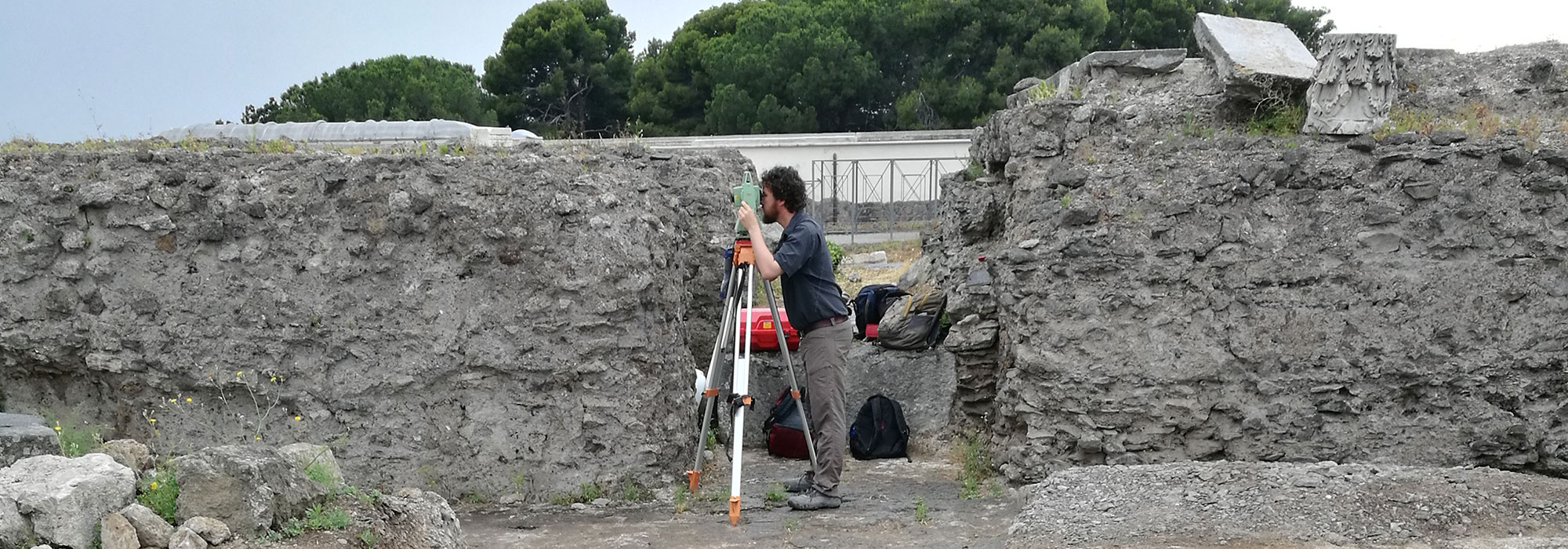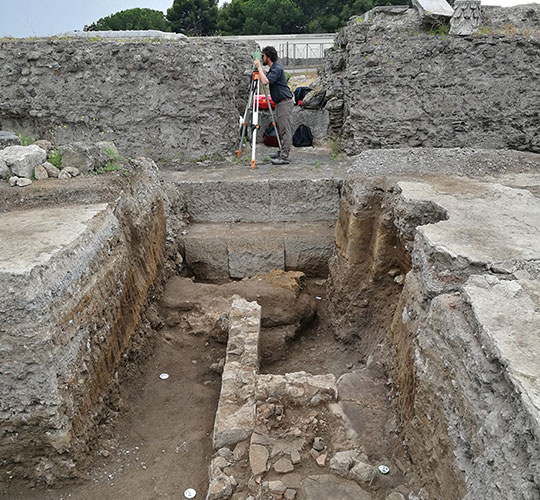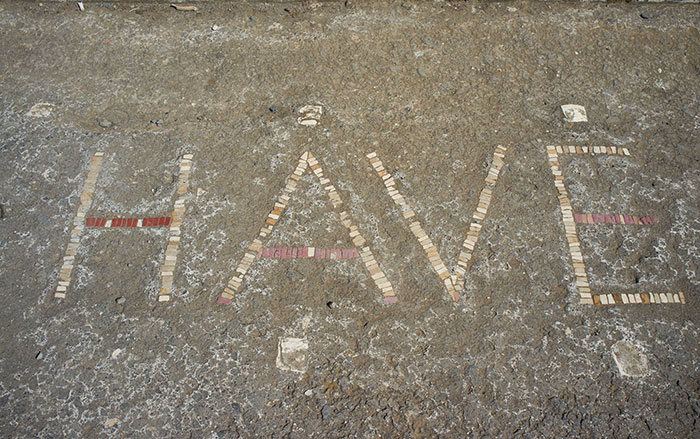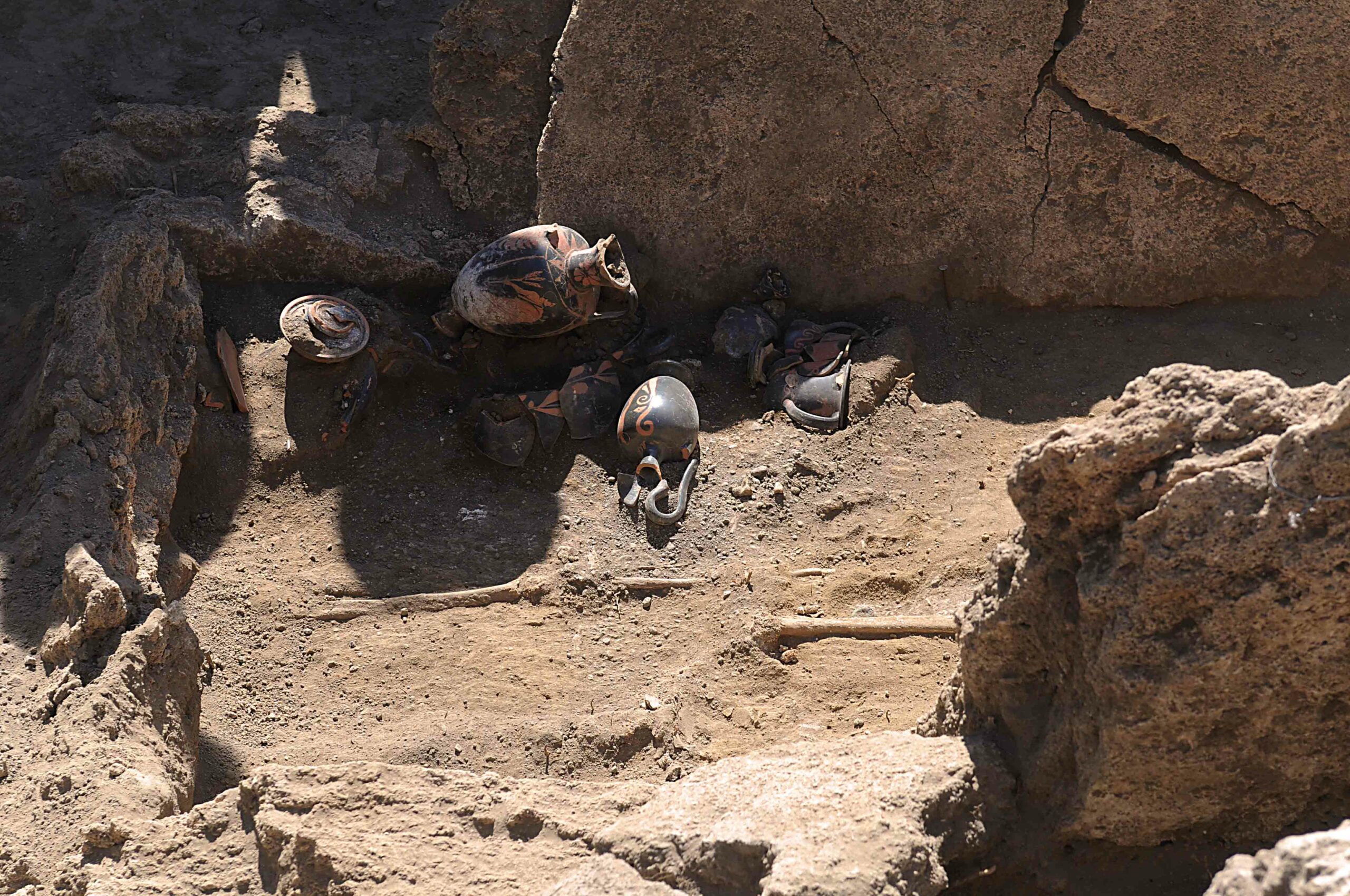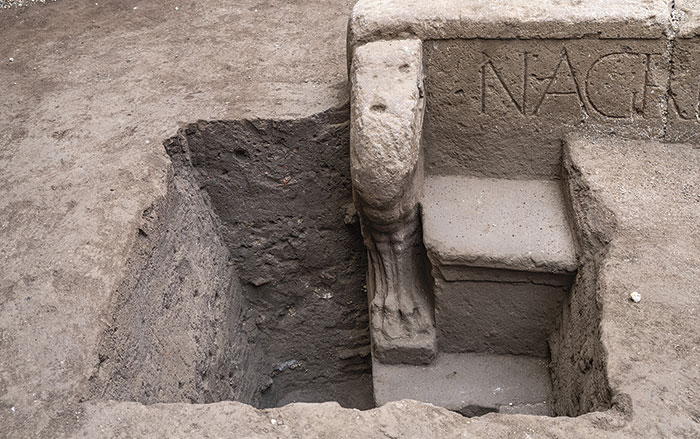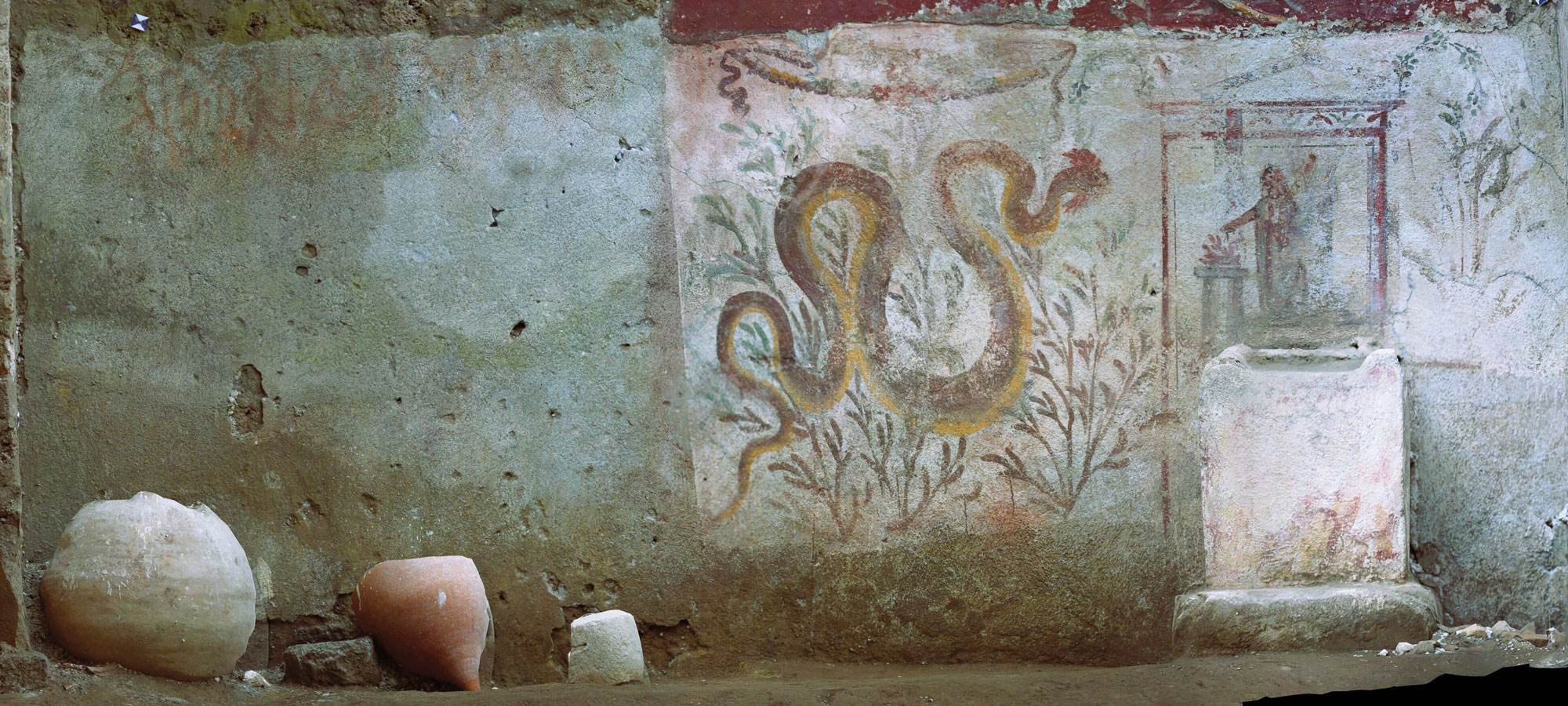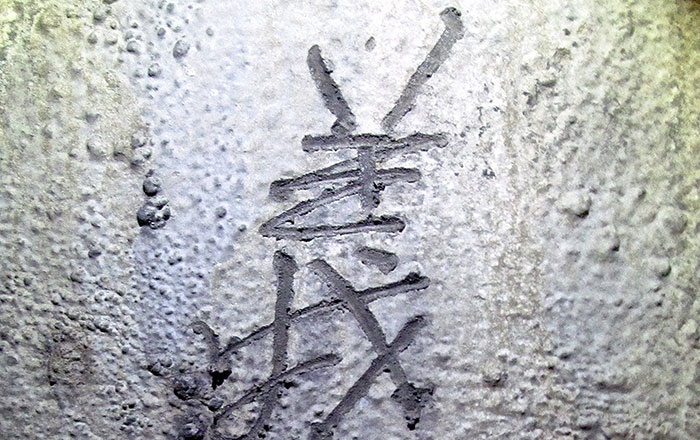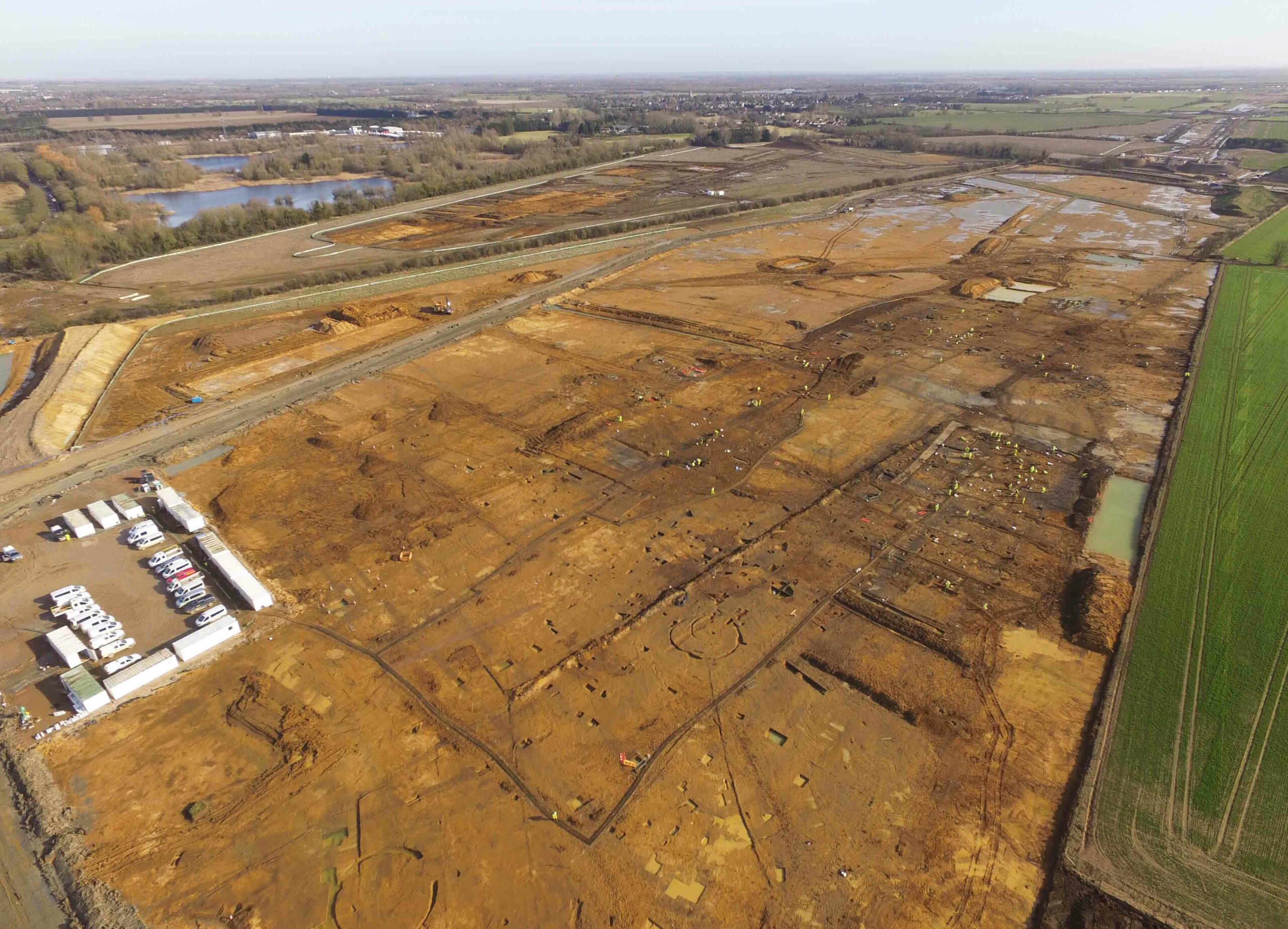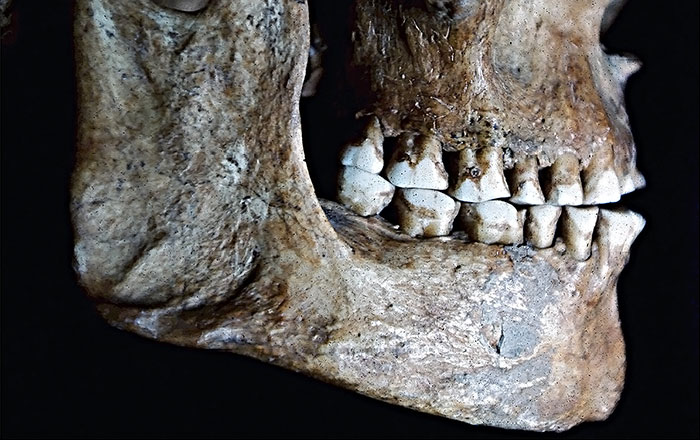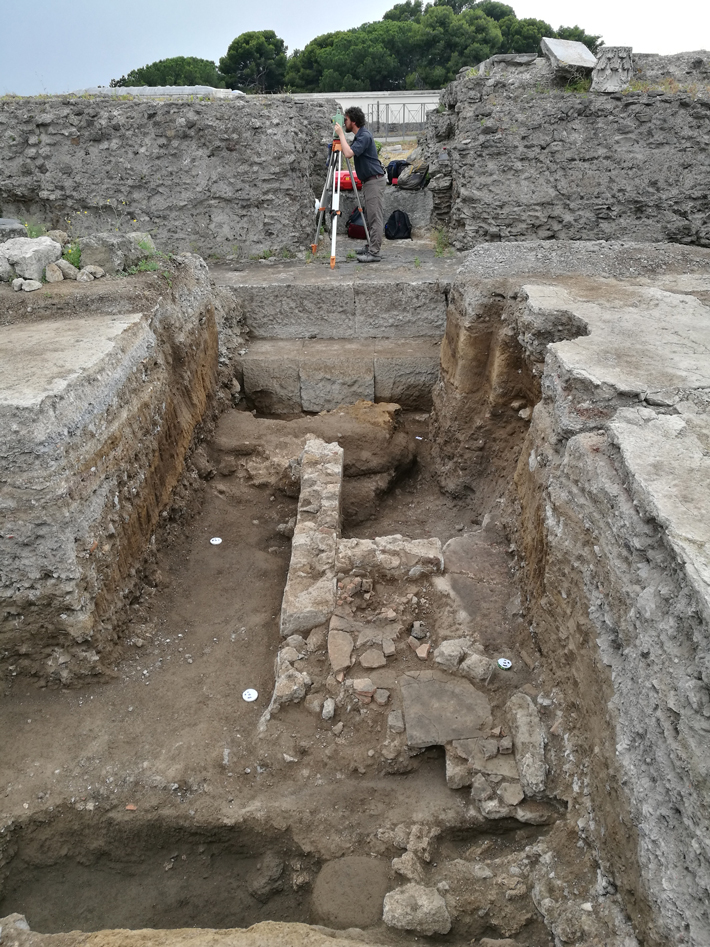
The most important Roman deity in Pompeii was Venus, the goddess of love and beauty, and her temple, raised high on an artificial platform next to the Porta Marina (“Marine Gate”), was the city’s largest sacred site. The temple has been the subject of archaeological debate for at least the past decade. “Up until fairly recently, it was always thought that there was a direct link between the construction of the temple and the establishment of the Roman colony in the first century B.C.,” says archaeologist Marcello Mogetta of the University of Missouri, who directs current work at the site. But between 2005 and 2007, an Italian team questioned whether the first temple on the site had actually been dedicated to Mephitis, goddess of the pre-Roman Samnites, and later repurposed as a temple to Venus to honor P. Cornelius Sulla, the nephew of Pompeii’s Roman conqueror, L. Cornelius Sulla. Venus was known to be the younger Sulla’s favorite goddess.
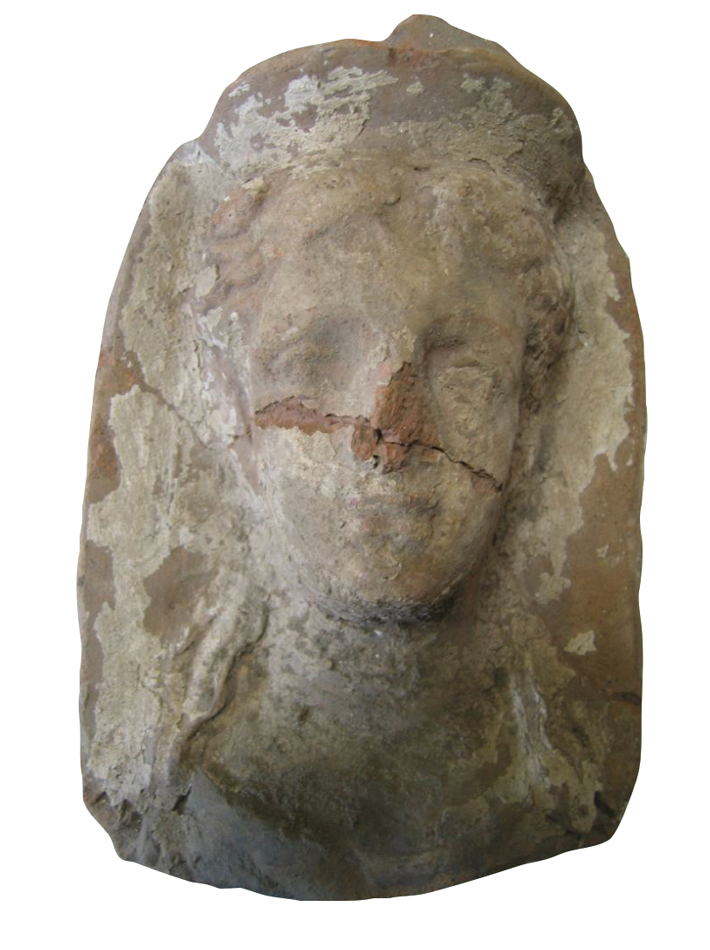
Although the Italian team concluded that the temple dated as far back as the late seventh century B.C., Mogetta’s ongoing excavations have now shown that while the area was settled earlier, the first temple on the spot was not built until after the establishment of the Roman colony in 80 B.C. “This debate is so important because it shows two different views of the coming of the Romans to Pompeii,” Mogetta says. “It forces us to ask ‘Is the sanctuary an ancient place of pride for a local goddess that is honored even when the Romans take over—a not uncommon occurrence—or is it a case of a Roman goddess being imposed on the local population to send a message?’ This is crucial to our understanding of the changes brought about by the Roman conquest.”



